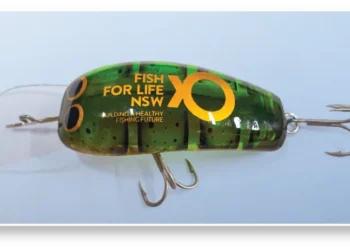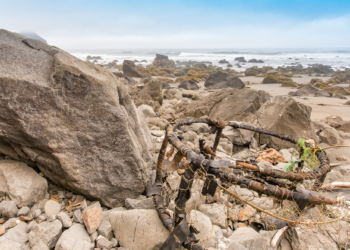
AH, statistics…. always interesting, often confusing. This piece was originally going to be a straight report on the recreational and charter fishing statistics outlined in the NSW DPI’s report Performance, Data and Insights 2018 on pages 48 and 49. But, on further examination, what appear to be a few inconsistencies and mysteries emerged, at least for this writer. Reports based on estimates always raise question marks on methodology, but having said that here are a few figures to ponder on:
- Estimated expenditure on recreational and charter fishing activities in 2017/18: $2,219 million ($2,195 million recreational, $24 million charter)
- Top five species caught by recreational fishers with estimated release rates for each: bream (72.1%), saltwater nippers (6.8%), dusky flathead (54.5%), sand flathead (54.2%), snapper (75.4%)
- Recreational fishing licence sales: around 500,000 per year
- Licence revenue: around $15 million per year.
No apparent inconsistencies there. But some statements in the narrative section on the recreational catch (caught and kept) seem to be contradicted by the figures in the Estimated Commercial and Recreational Key Species Harvest table that follows. The narrative states that “for five of ten key species, a majority of the total harvest weight was attributable to recreational rather than commercial fishing – specifically dusky flathead, sand flathead, mulloway, tailor and yellowtail kingfish”. But the table only supports this for three of the species:
- Dusky Flathead: 288 t recreational, 115 t commercial
- Sand Flathead: 210 t recreational, 101 t commercial
- Mulloway: 103 t recreational, 59 t commercial
- Tailor: 107 t recreational, 169 t commercial
- Yellowtail kingfish: 120 t recreational, 229 t commercial.
Is this because the narrative is based on older figures, both for actual commercial catches and estimated recreational, and the table on more recent? Seems likely, as the participation figures in the narrative are from 2013/14. A reader (maybe from the NSW DPI) might enlighten us.
And now the mysteries. Some years back, tailor were declared as rec-only in NSW, less a “small” by-catch allowance for commercial operators. Given that, the above figures look strange. Australian salmon were also supposed to be rec-only in half the state, but the table notes an estimated recreational catch of 182 t and a commercial catch of 1,112 t. Has that situation changed? Very confusing.
















